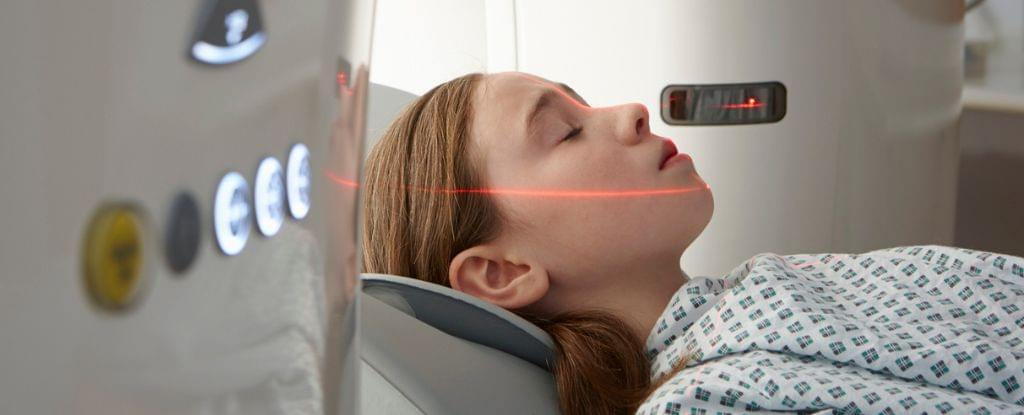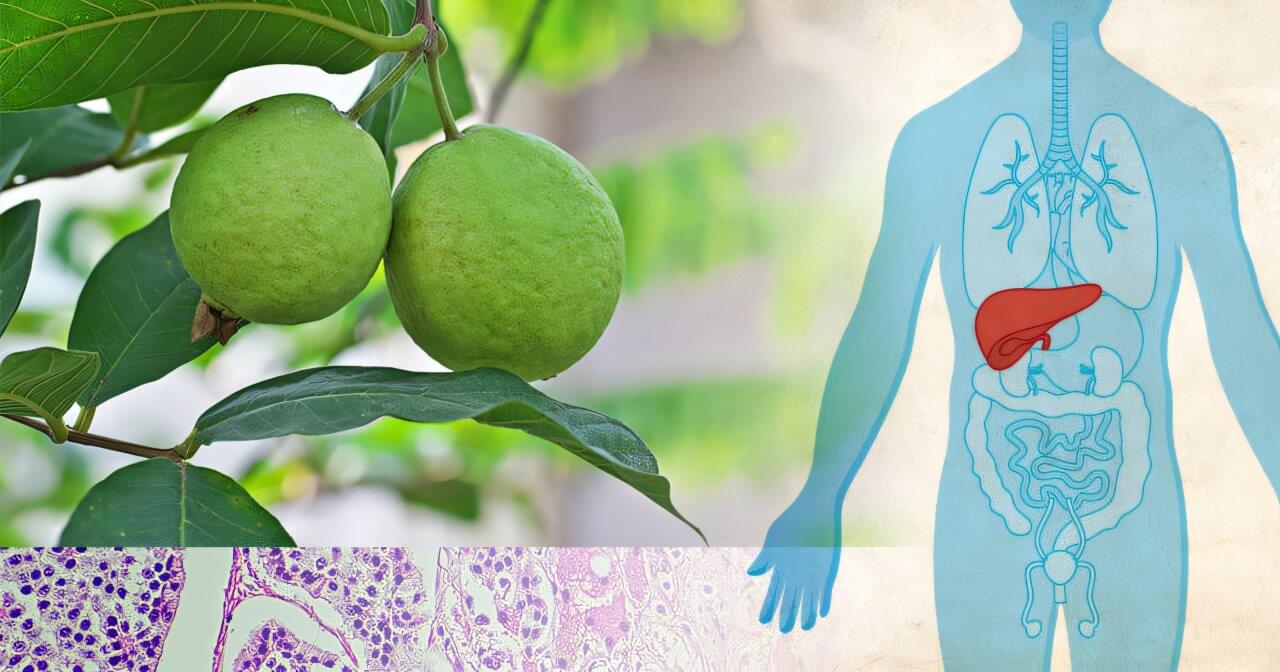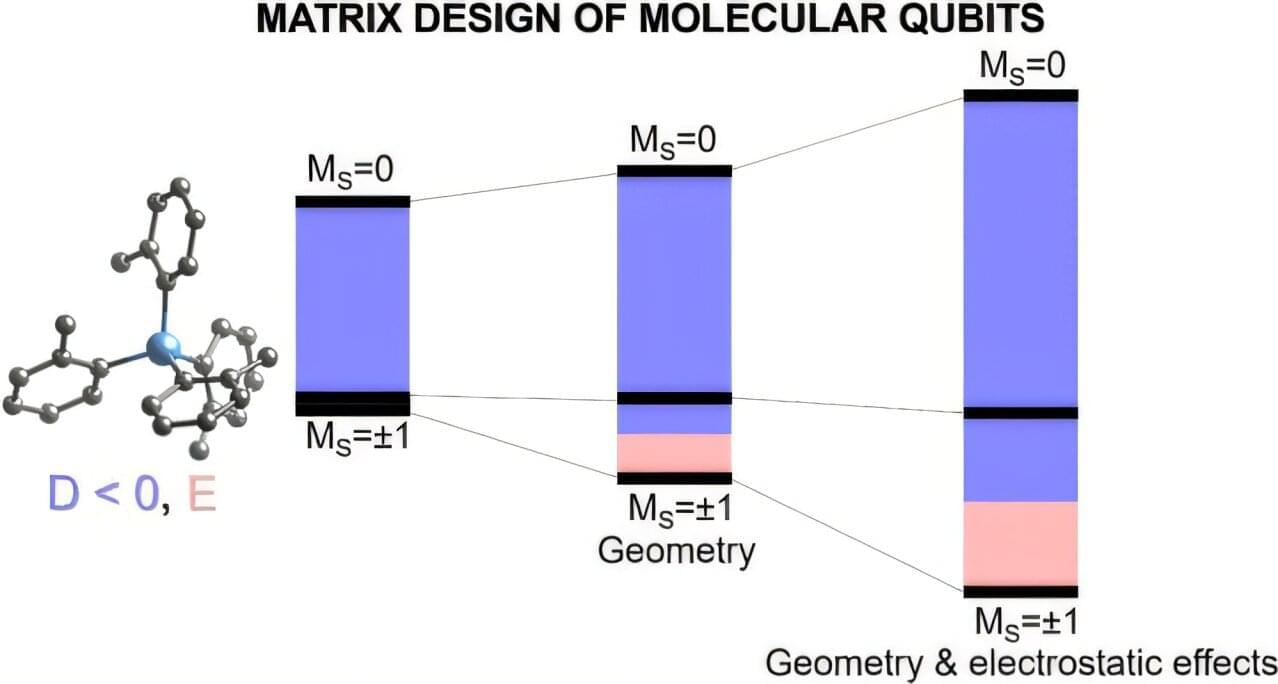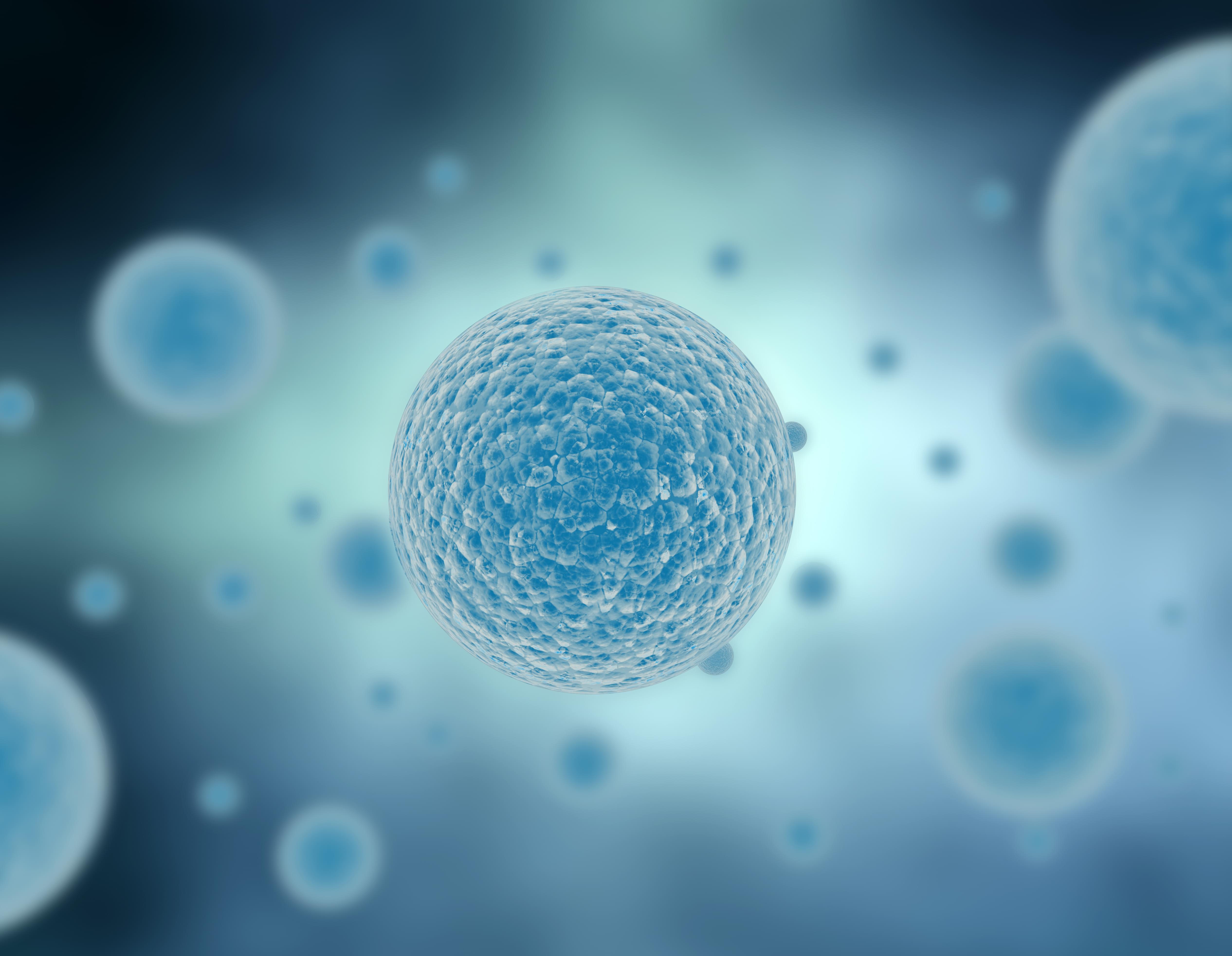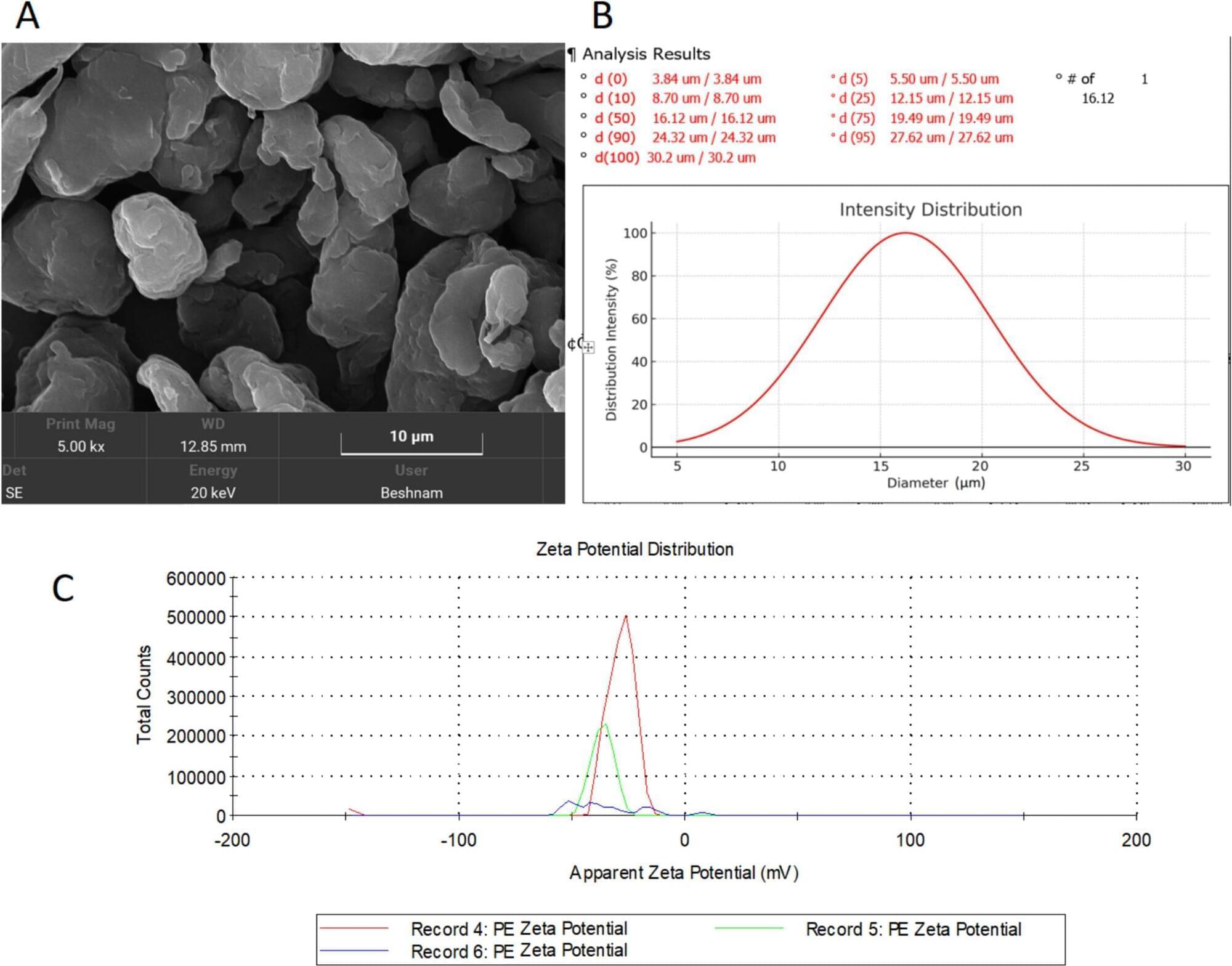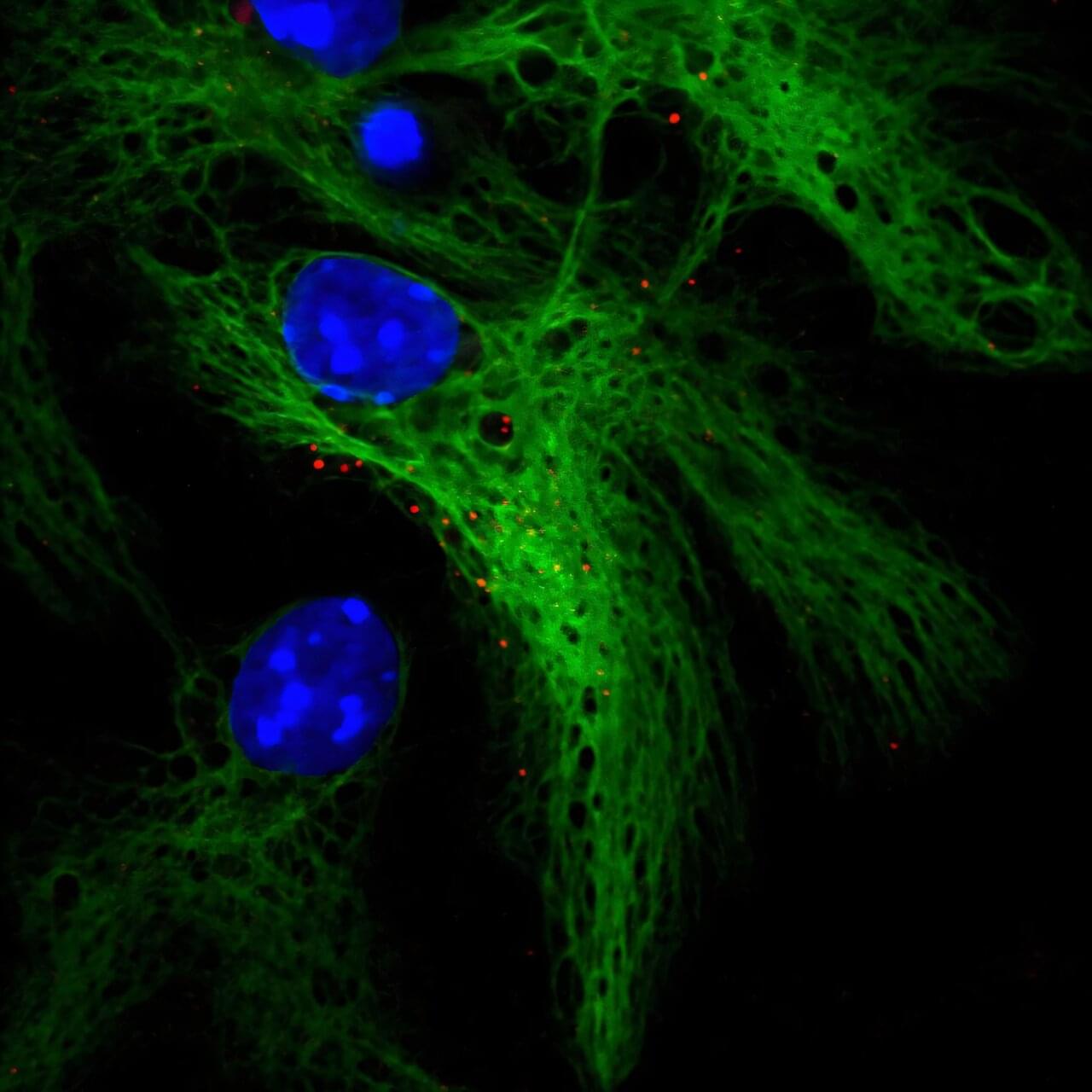More Americans are receiving computed tomography (CT) scans than ever before, and while this technology can save lives, some scientists are concerned that low doses of ionizing radiation could increase cancer risk.
Importantly, at an individual level, the theoretical risk of developing cancer from a CT scan is thought to be very low, if it exists at all. Patients should not hesitate to undergo these tests if they are considered medically necessary.
However, the number of CT examinations performed annually in the US has increased by more than 30 percent since 2007, and researchers suggest that unwarranted tests are exposing the population to unnecessary radiation.
